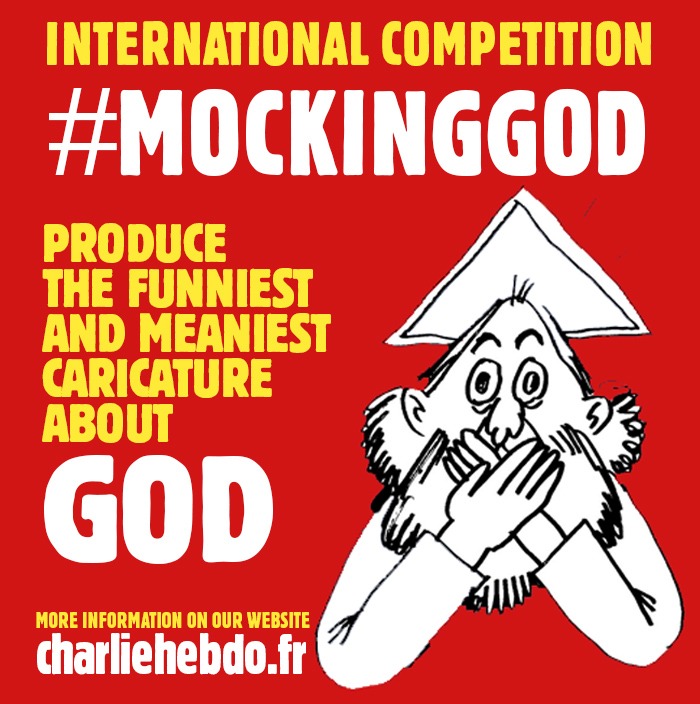“One year after, the killer is still on the run,” read the title.
The attack by two Paris-born brothers was revenge for Charlie Hebdo’s decision to repeatedly publish caricatures lampooning the Prophet Mohammed, Islam’s most revered figure.
A front-page depiction of the Virgin Mary in August suffering from the mpox virus led to two legal complaints from Catholic organizations in France.
A special post-attack edition of the newspaper sold more than eight million copies and donations poured in, giving the publication a financial windfall at odds with its anarcho-leftist spirit.
Subscriptions ballooned to more than 200,000 but have now fallen back to around 30,000, with another 20,000 copies sold at newsstands and in shops each week — more than their sales at the time of the attack.
Controversy is never far away
The Charlie Hebdo killings profoundly shocked France.
“They didn’t kill Charlie Hebdo,” editor-in-chief Gerard Biard told AFP in a recent interview, adding that “we want it to last for a thousand years.”
“The idea is not to publish anything, it’s to publish everything that makes people doubt, brings them to reflect, to ask questions, to not end up closed in by ideology,” director Riss, who survived the 2015 attack, told Le Monde in November.
Free-speech defenders in France see the ability to criticize and ridicule religion as a fundamental right acquired through centuries of struggle to escape the influence of the Catholic Church.
It will be revealed on Sunday evening.
The massacre of some of France’s most famous cartoonists signaled the start of a gruesome series of Al-Qaeda and Islamic State plots that claimed hundreds of lives in France and Western Europe over the following years.
French satirical newspaper Charlie Hebdo is set to publish a special God-mocking edition next week to mark 10 years since an attack on its offices by jihadist gunmen that left eight staff members dead.
The attack fuelled an outpouring of sympathy expressed in a wave of “Je Suis Charlie” (“I Am Charlie”) solidarity with its lost contributors including famed cartoonists Cabu, Charb, Honore, Tignous, and Wolinski.

